BRAND DEFINITION & STRATEGY.
A brand strategy is essential for businesses that are looking to stand out in an increasingly competitive market. It not only shapes the brand's identity but also effectively connects with the target audience, thereby setting it apart from its many competitors. Consistent messaging fosters trust and recognition, ultimately creating a strong bond with consumers that can last over time. A clear and well-articulated strategy provides the necessary stability, enabling businesses to adjust to ever-evolving market changes while still maintaining their core identity.
A well-defined strategy positions a business as a preferred choice for achieving long-term success and sustainability. We assist brands, retailers, and B2B companies in gaining a deeper understanding of their market landscape and provide robust support in achieving their brand and business goals across various physical and digital spaces.
CREATE STAND OUT IN A CROWDED MARKETPLACE
CREATE STAND OUT IN A CROWDED MARKETPLACE
THOUGHT LEADERSHIP
STAND OUT ABOVE YOUR COMPETITORS
THE IMPORTANCE OF THOUGHT LEADERSHIP STRATEGY
In today's competitive business landscape, establishing a strong presence in your industry is no longer just about selling products or services; it's about becoming a trusted authority. Thought leadership strategy is a powerful approach that positions individuals or companies as leaders and innovators in their field, driving not only brand awareness but also trust and credibility.
WHY YOUR BUSINESS NEEDS THOUGHT LEADERSHIP…
1: CREDIBILITY & TRUST
At the core of thought leadership is the ability to offer valuable insights and innovative ideas that resonate with your audience. By consistently sharing expert knowledge and unique perspectives, thought leaders establish themselves as credible sources of information. This credibility builds trust, which is essential for fostering long-term relationships with customers, partners, and other stakeholders.
2: DIFFERENTIATE YOUR BRAND
In a world where consumers are bombarded with information, thought leadership helps distinguish your brand from competitors. By offering something more than just products—namely, expertise and innovation—you create a unique identity that sets you apart. This differentiation not only attracts customers but also positions your brand as a go-to resource within your industry.
3: DRIVE BUSINESS GROWTH
Thought leadership isn't just about gaining visibility; it directly contributes to business growth. When a brand is seen as an industry leader, it attracts opportunities such as partnerships, speaking engagements, and media coverage. These opportunities can lead to increased sales, expanded networks, and enhanced brand reputation. Customers are more likely to choose a brand they perceive as a thought leader, knowing they are engaging with experts who understand their needs and challenges.
4: INFLUENCE INDUSTRY TRENDS
As a thought leader, you have the power to shape conversations and influence trends within your industry. By staying ahead of the curve and contributing original ideas, you can guide the direction of your field and inspire others. This influence not only reinforces your leadership position but also keeps your brand relevant in a rapidly changing market.
MARKETPLACE LEADERSHIP
Implementing a thought leadership strategy is essential for any brand looking to build authority, differentiate itself, and drive growth. By consistently delivering valuable insights and staying ahead of industry trends, thought leaders not only gain the trust of their audience but also create a lasting impact on their industry.
We’ve helped a number of brands and B2B businesses, stand out ahead of their competitors with impactful Thought Leadership strategy - to discuss your needs, get in touch today.
BRAND IDENTITY, PURPOSE & MEANING
BRAND IDENTITY, PURPOSE & MEANING
BRAND DEFINITION
The Brand Iceberg: Unveiling What Lies Beneath
When we think of a brand, the first things that come to mind are usually its logo, tagline, or product design—elements that are immediately visible to the public. However, just like an iceberg, where the majority of its mass is hidden below the surface, a brand's true essence is mostly unseen. This concept is known as the "Brand Iceberg."
Above the Surface: The Visible Elements
The tip of the iceberg represents the external aspects of a brand—the visual and tangible elements that consumers interact with regularly. These include:
Logo and Design: The logo, colour scheme, and overall visual identity of a brand.
Product: The physical or digital products that a brand offers.
Advertising: The promotional content that shapes public perception, such as commercials, social media campaigns, and print ads.
Customer Experience: The direct interactions customers have with a brand, whether online or in-store.
These elements are crucial, as they create the first impression and often drive initial consumer interest. However, they are only the surface of what makes a brand truly powerful.
Below the Surface: The Hidden Layers
Beneath the surface lies the larger, less visible portion of the brand iceberg. These deeper elements are the foundation upon which the visible aspects are built, and they include:
Brand Values and Mission: The core beliefs and purposes that guide the brand’s actions and decisions. These are the principles that the brand stands for and strives to uphold.
Company Culture: The internal environment and shared behaviours within the organisation, which influence how employees represent the brand.
Customer Relationships: The emotional connection and trust that a brand builds with its audience over time, often through consistent and authentic interactions.
Reputation and Legacy: The long-term perception of a brand, shaped by its history, reliability, and the consistency of its actions.
Strategic Vision: The long-term goals and direction of the brand, determining where it’s headed and how it plans to grow.
These elements, though not immediately visible, are what truly define a brand’s identity and resilience. They shape how the brand evolves and adapts to changes, influencing everything from product development to marketing strategies.
The Importance of Understanding the Brand Iceberg
For businesses, understanding the brand iceberg is essential for long-term success. Focusing solely on the visible elements might attract customers initially, but it’s the submerged aspects that sustain loyalty and create lasting value. Brands that are aware of and actively cultivate their deeper elements are more likely to build strong, enduring relationships with their customers and thrive in a competitive market.
The brand iceberg concept is a reminder that a brand is much more than what meets the eye. The visible parts may draw attention, but it’s the hidden layers that carry the true weight of a brand’s identity, guiding its journey and ensuring its longevity.
INFORM YOUR STRATEGY WITH BESPOKE INSIGHTS
INFORM YOUR STRATEGY WITH BESPOKE INSIGHTS
MARKETPLACE INSIGHTS
Inform your strategy with bespoke marketplace insights.
ONLINE SHOPPING HABITS
What influences the consumer when making an online purchase? This infographic takes a look at how each generation: Baby boomers; Gen X; Millennials and Gen Z likes to discover and shop online.
SOCIAL MEDIA BY GENERATION
How is social media influencing you in your life? How do you use social media? Which social apps do you use? This infographic focuses on the 4 key generations: Baby boomers; Gen X; Millennials and Gen Z.
FAST FOOD INSIGHTS
Fast Food has become much faster in recent years and never has their been so much choice! This infographic takes a look at the global QSR marketplace - which type of consumer are you?




















